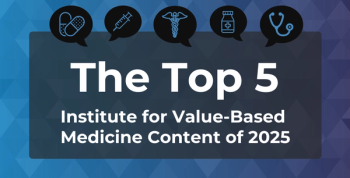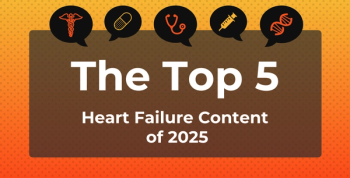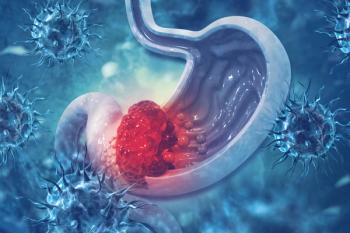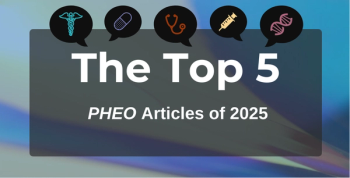
Post Hoc Analysis Supports Axatilimab in Heavily Pretreated Patients With Chronic GVHD: Carrie Kitko, MD
The post hoc analysis of the AGAVE-201 trial found that axatilimab demonstrated consistent response rates in patients with chronic graft-vs-host disease (GVHD), regardless of the number or type of prior therapies.
In part 1 of an interview conducted following the
She builds on this by summarizing the objectives and key findings of the
This transcript was lightly edited; captions were auto-generated.
Transcript
How has the growing understanding of chronic GVHD shaped current treatment approaches? What key challenges or unanswered questions remain?
I think what's very exciting right now is that we have several FDA-approved treatments for chronic graft-vs-host disease, which is a real benefit for our patients. Chronic GVHD can be very debilitating for our patients, so to have more treatment options is really exciting. The way that's happened is that we're discovering more and more about the pathophysiology of chronic graft-vs-host disease, and we are targeting new parts of those pathways that we were unaware of several years ago.
I think the fact that we now have, again, several agents that are targeting different pathways can really help when we have those refractory patients [who] aren't responding; maybe we're just not targeting the right pathway. I think one of the key goals moving forward is, how do we use these medicines, either sequentially or together, to improve the outcomes for our patients even more?
Building on that, what were the primary objectives of your analysis? What were the key findings?
The original publication of the [AGAVE-201] study results was looking at finding the right dose for treating patients with chronic GVHD. The initial paper that was
We actually, almost paradoxically, found that the patients in the lowest-dose cohort had the highest response rates and the fewest [adverse] effects. Often, in medicine, more is better, so we were a little bit surprised that the low dose is what worked the best. Again, very exciting. Mostly complete and partial, mostly partial, responses were seen in our patients. That's just very exciting to see, patients [who] have been refractory to so many other lines of therapy still be able to get a response.
The abstract that was recently presented [at the EHA 2025 Congress] is sort of a deeper dive into those patients [who] were responding to see if we could figure out, did it matter how many lines of therapy they had before? Did it matter what some of those drugs were that they were treated with before coming onto axatilimab? I think now that, like I said, we have all these agents that are FDA-approved, which one to use and when is a big question mark in our field still.
Looking at the data that we have from the [AGAVE-201] trial, it looks like there's not a lot of factors [with] impact, at least in terms of what drugs you saw in the past. When we break it down, and again, none of these, when you start getting in these subanalyses, [had] enough patients to really say statistically that these are the same or different. At least when you look numerically, the percentage of patients responding to therapy with axatilimab seemed pretty similar, whether they were getting ruxolitinib before, or other agents, or even belumosudil. It seems like the response rates kind of range from the low 50s to the mid-60s, so that's very encouraging.
The other one that's kind of interesting, and again, not enough patients to really say that it was a statistically different response rate, but the lowest response rates were in the patients [who] had gotten 2 lines of therapy, that was about 51%, and the patients [who] have gotten 4 lines of therapy or more, their response rate was about 66%. Again, I don't know that that's really true, but it makes me feel like I can try a few agents before I pull out axatilimab, and they're still going to have a very good chance of responding to the treatment.
Newsletter
Stay ahead of policy, cost, and value—subscribe to AJMC for expert insights at the intersection of clinical care and health economics.







































